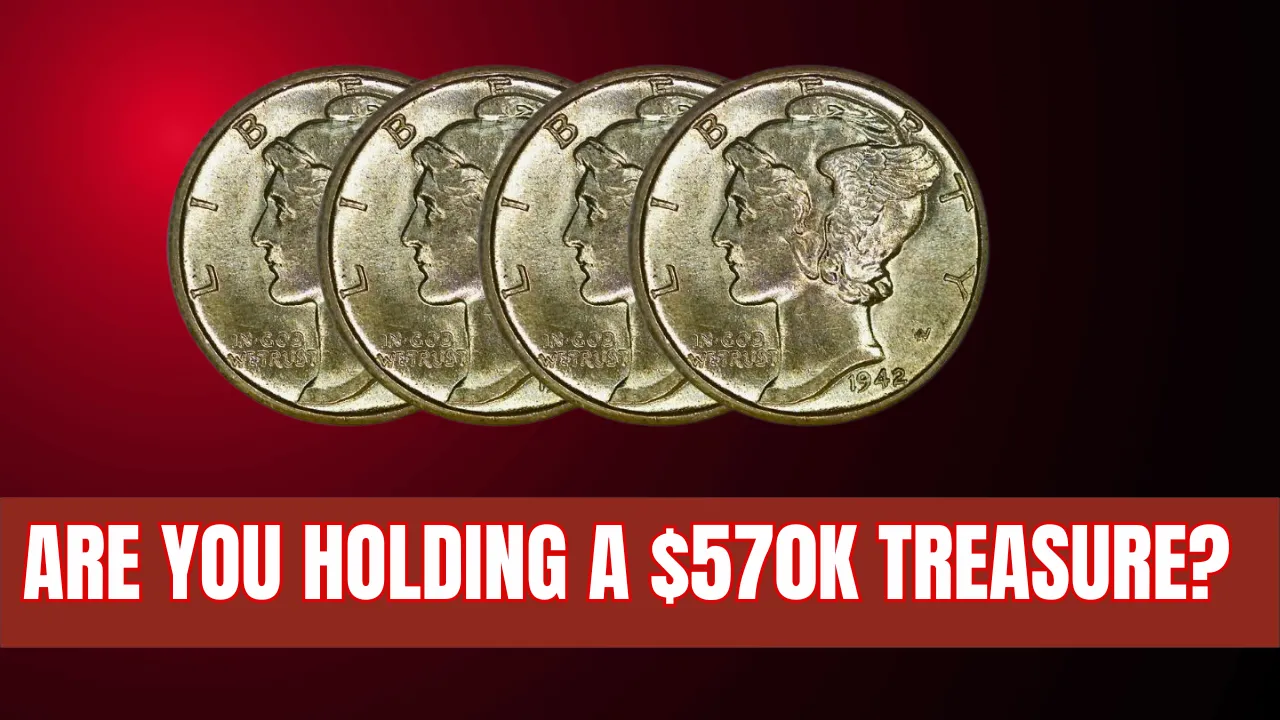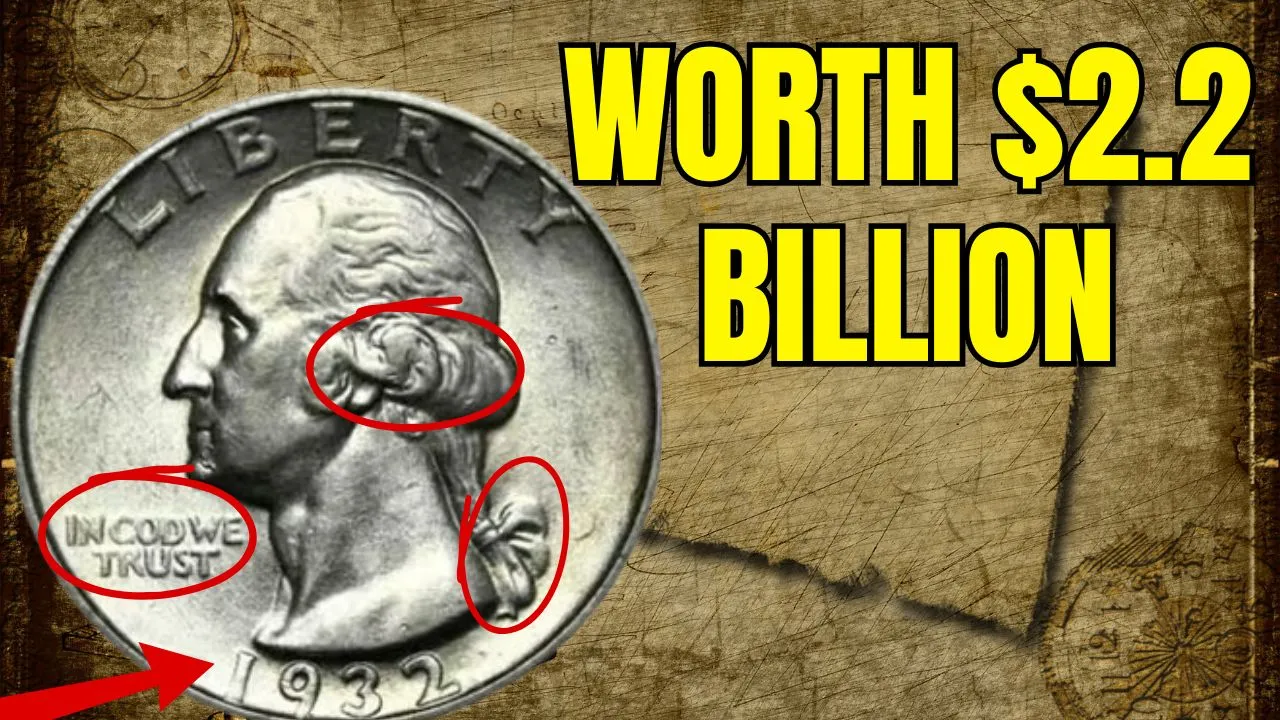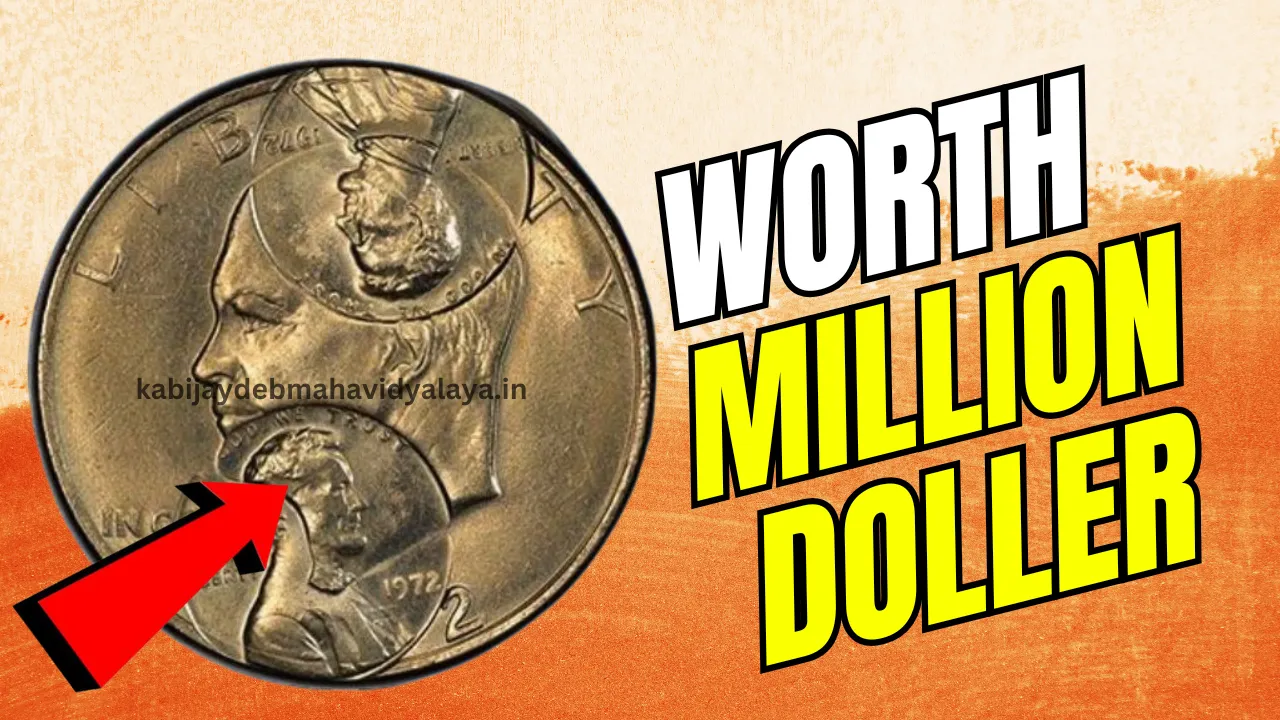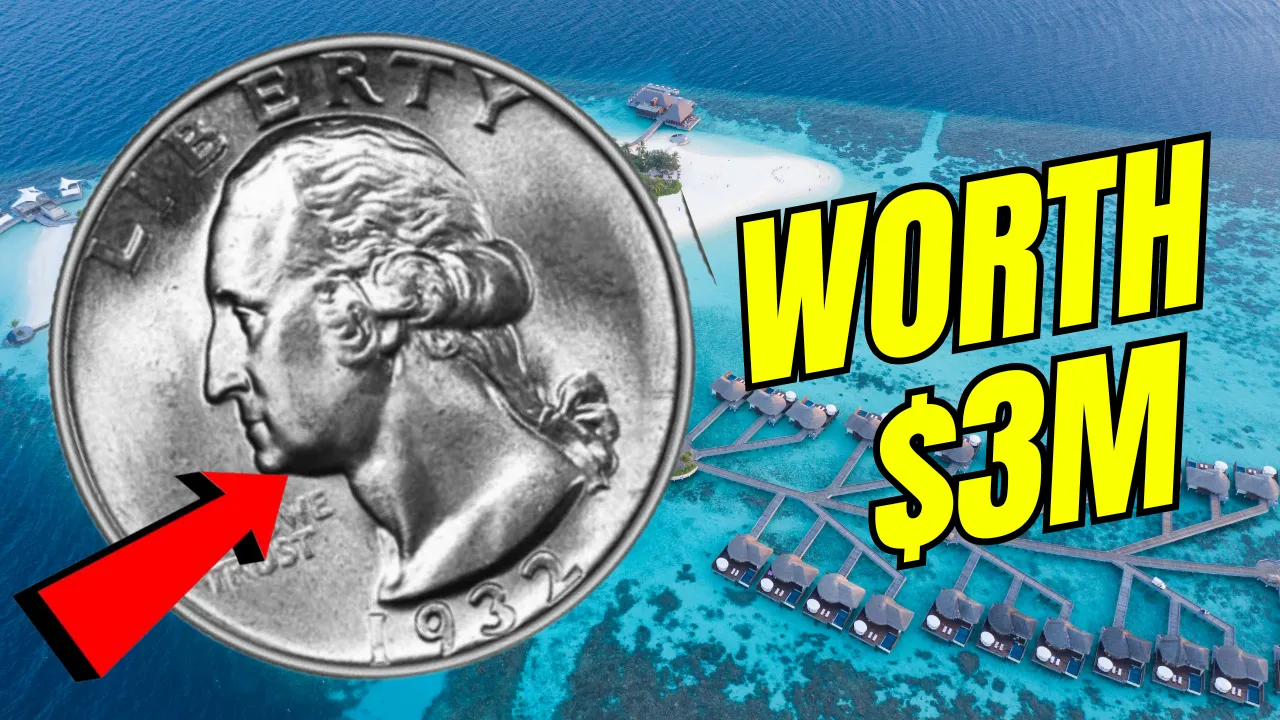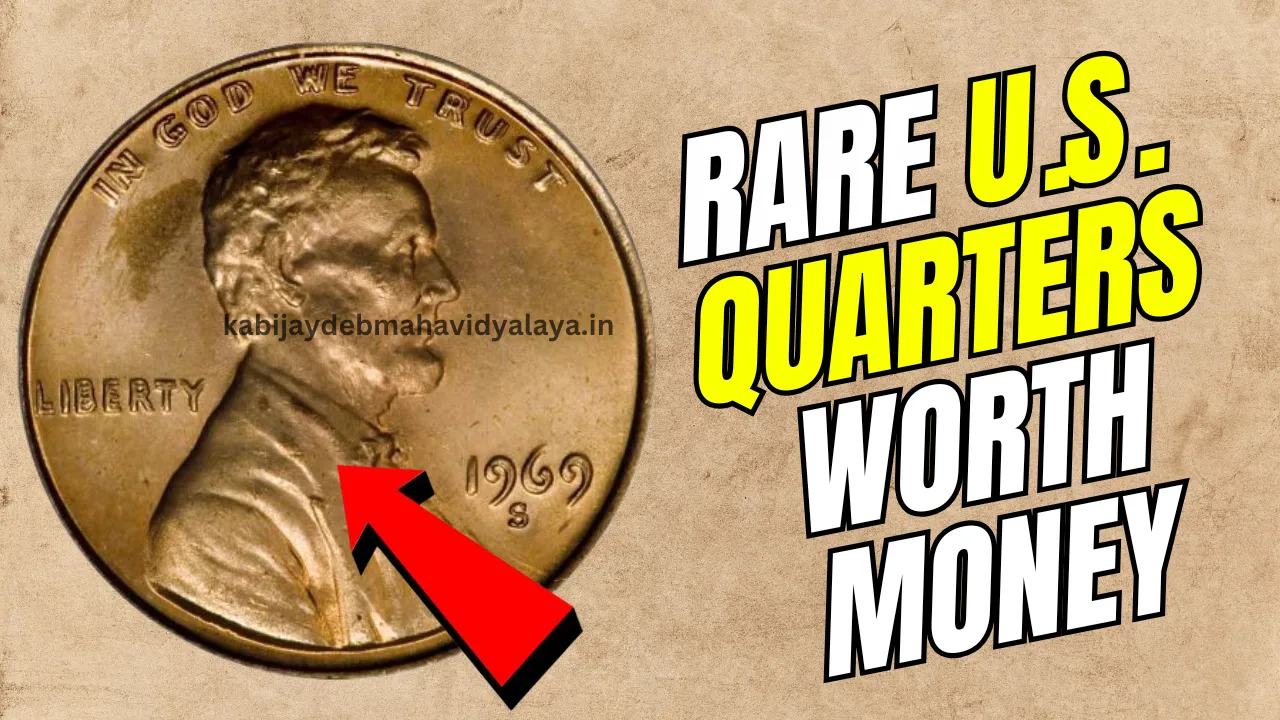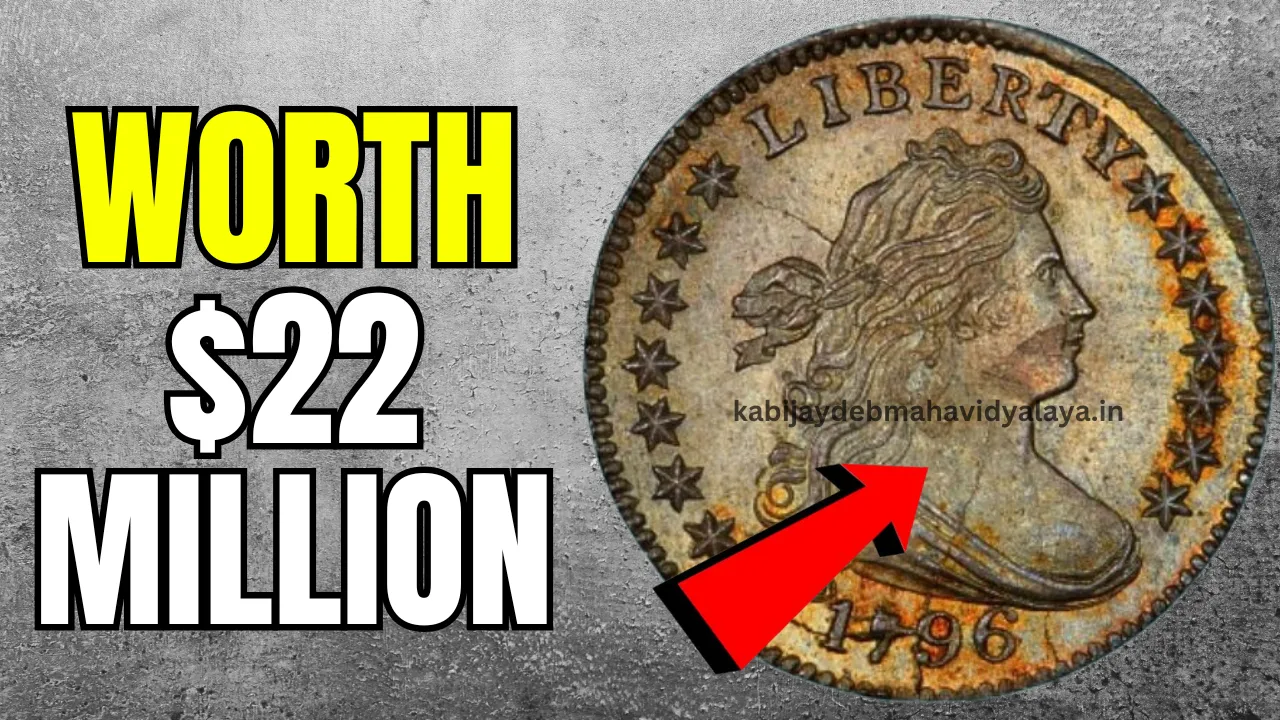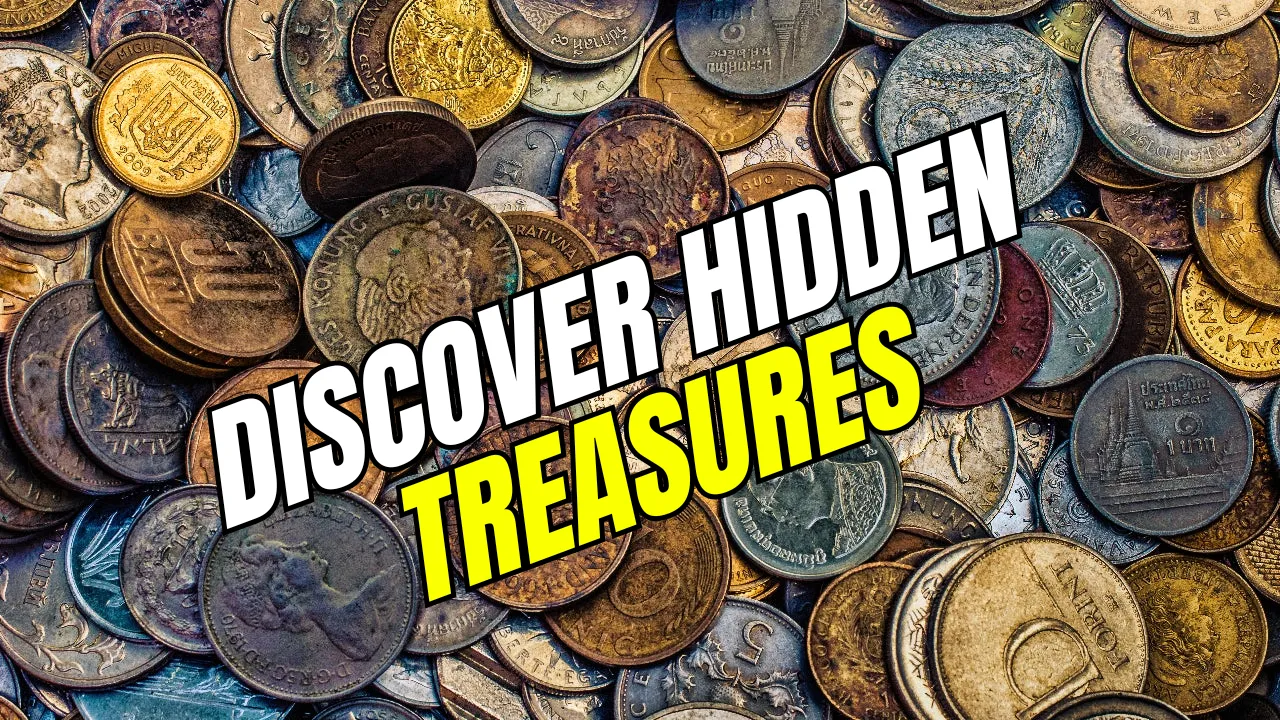Rare Bicentennial Quarter and Dimes :Hidden treasures are closer than you think—in your pocket change! Among the fascinating world of rare coins are rare bicentennial quarters and dimes, which could be worth an astonishing $570,000 or more. These everyday coins have become the centerpiece of coin collecting due to their historical value, unique designs, and rare errors. Are you unknowingly holding one of these gems? Let’s explore what makes these coins so valuable and how you can identify them.
Key Facts About Rare Bicentennial Quarters and Dimes
Here’s a quick breakdown of why these coins are so special:
| Coin | Year | Unique Feature | Potential Value |
| Bicentennial Quarter | 1976 | No mint mark or minting errors | Thousands |
| 1942/1 Mercury Dime | 1942 | Overdate error | Up to $570,000 |
| Bicentennial Quarter (Philadelphia) | 1976 | Misprints, unique wear | Varies |
Now, let’s dig deeper into the secrets of these coins and why collectors go wild for them.
What Gives These Coins Their Value?
The value of rare bicentennial quarters and dimes stems from a mix of rarity, historical importance, and demand among collectors. Here are the primary factors that make them so valuable:
1. Historical Significance
Coins commemorating major milestones are always in demand. The bicentennial quarter, for instance, was minted to celebrate America’s 200th birthday in 1976. Featuring Independence Hall on the reverse side, it’s a departure from the traditional design, making it a standout for collectors.
2. Rare Minting Errors
Mistakes during the coin production process are highly sought after. Whether it’s a missing mint mark or an overdate error, these flaws create a small batch of coins with unique characteristics. The 1942/1 Mercury dime, for example, features an overdate where remnants of a “1” are visible beneath the “2.”
3. Scarcity
Coins that are no longer widely available in circulation naturally become more valuable. For bicentennial quarters, those from Philadelphia without a mint mark or with production errors are increasingly rare. The same applies to older dimes with unique flaws, making them prized finds for collectors.
4. Demand from Collectors
A coin’s value skyrockets when it’s in high demand. Coins like the bicentennial quarter and the 1942/1 Mercury dime are always on collectors’ wish lists, driving up their market price.
The Bicentennial Quarter: A Unique Piece of History
The Story Behind the Coin
The bicentennial quarter was created in 1976 to mark 200 years of American independence. Unlike traditional quarters, which feature George Washington on both sides, this special coin boasts a stunning image of Independence Hall on its reverse. This design captures a significant moment in history, making the coin both visually striking and collectible.
What Makes It Valuable?
Not all bicentennial quarters are worth thousands. Coins minted in Philadelphia without a mint mark or those with minting errors stand out as the most valuable. Here’s what to look for:
- No Mint Mark: Coins from Philadelphia lack the standard “P” mint mark, adding to their rarity.
- Minting Errors: Flaws in the coin’s design or production, such as misprints, often increase its value significantly.
Even with some wear, these coins can fetch impressive sums, making them a must-check in your spare change!
Rare Dimes: Small Coins, Big Value
The Iconic 1942/1 Mercury Dime
Dimes don’t always grab the spotlight, but the 1942/1 Mercury dime is an exception. This rare coin features an overdate error caused when a “2” was stamped over a “1.” These errors happened during wartime, adding an extra layer of historical intrigue. In perfect condition, this dime can sell for an incredible $570,000.
Identifying Rare Dimes
To determine whether your dime is a collector’s dream, inspect it closely. Look for:
- Overdate Errors: Examine the date for signs of overlapping numbers.
- Good Condition: Coins with minimal wear are significantly more valuable.
- Expert Confirmation: A professional appraisal can verify its authenticity and value.
Don’t underestimate dimes—this small coin could lead to a big payday!
Why Are Rare Coins Still in Circulation?
One of the most thrilling aspects of coin collecting is that rare coins often go unnoticed. They blend into everyday currency, passed from hand to hand without a second thought. This is especially true for coins like the bicentennial quarter, which, despite its unique design, often gets overlooked as a commemorative coin.
For collectors, this means every handful of change holds the potential for a life-changing discovery.
How to Start Collecting Coins
Coin collecting is more than a hobby—it’s a treasure hunt. If you’re eager to get started, here are some tips to guide you:
- Inspect Your Coins
Take a close look at the coins you already have. You might find a rare piece sitting in your change jar. - Invest in Tools
A magnifying glass is essential for spotting tiny details, like minting errors or overdates, that could signify value. - Learn the Market
Research coin values and trends to understand what’s in demand. Joining collector forums or clubs can also provide valuable insights. - Get a Professional Appraisal
If you suspect you’ve found something valuable, have it examined by an expert to confirm its worth. - Protect Your Collection
Use protective cases to store your coins and prevent damage, as condition plays a significant role in determining value.
FAQs About Rare Bicentennial Quarters and Dimes
What makes a bicentennial quarter valuable?
The design commemorating America’s bicentennial, combined with rare variants like no mint mark or minting errors, makes these quarters highly collectible.
How can I spot a valuable dime?
Look for overdate errors, unique features, or minimal wear. A professional appraisal can confirm its value.
Are minting errors common?
No, they’re quite rare, which is why coins with these errors are so valuable to collectors.
How can I sell a rare coin?
You can sell rare coins through auctions, coin dealers, or online marketplaces specializing in collectibles.
Why are these coins still in circulation?
Many people overlook the value of rare coins, allowing them to remain unnoticed in everyday transactions.
Final Thoughts
The excitement of discovering a rare bicentennial quarter or dime is unparalleled. These coins are more than just pieces of metal—they are windows into history, tangible artifacts with stories to tell. Whether you’re a seasoned collector or just starting your journey, always keep an eye on your spare change. You never know—you could be holding a treasure worth $570,000!
If you enjoyed this article, share it with friends or leave a comment about your own coin discoveries. Let’s keep the thrill of coin collecting alive!
